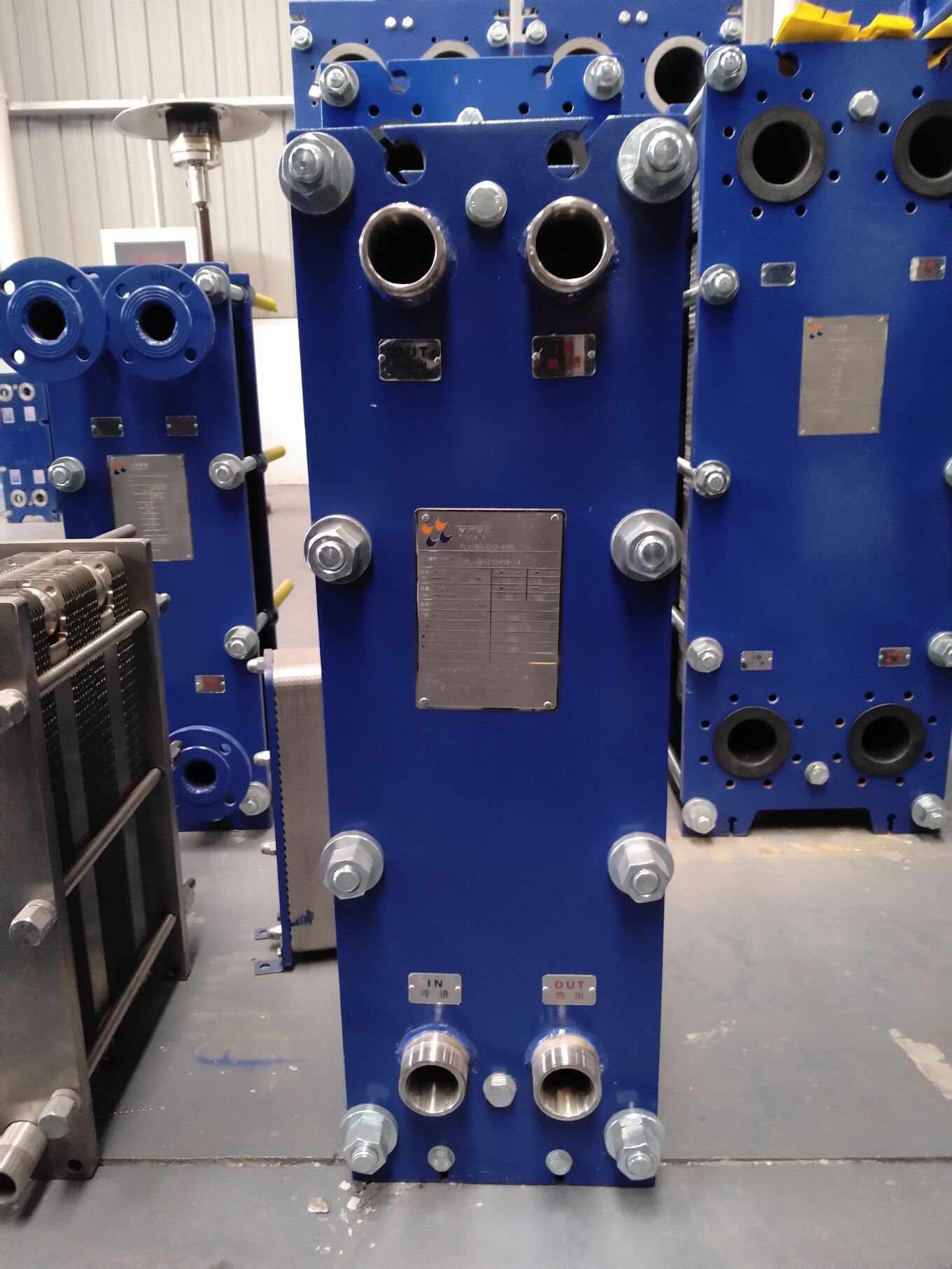The design structure of Propellent plate heat exchanger
1. The plate-type heat exchanger is designed with the aim of ensuring the uniformity of fluid distribution.
2. To meet the heat and resistance performance of plate heat exchanger structure design, strength of key parts shall be check, in order to avoid the limit the working status because of insufficient strength, lead to destruction or selection is too thick and cause waste;
3. The plate heat exchanger should consider the maintenance (including cleaning, maintenance and maintenance, etc.) and transportation requirements;
4. The maximum working temperature and maximum working pressure of plate heat exchanger, as well as the calculation results of thermal design and resistance, determine the materials and dimensions of each part to ensure its stable performance during operation.
5. The welding method and sealing material of plate heat exchanger are selected according to working temperature, pressure and fluid property.

- Last: Plate heat exch
- Next: Tip: where are

